There are approximately 6,000 waking hours in a year. America’s children spend more than 1,150 hours in school. That’s 1/6th of their lifetime for an average of 13 years. Not only is academic enrichment a focus of a school building, but extra-curricular activities subsume a generous portion of that time as well. From classrooms to science labs, athletics to musical theater, to after-school programs, our schools house a number of diverse programs. How do we ensure that the requirements of a space are being met and that the occupants are comfortable?
To design an HVAC (heating, ventilation, and air conditioning) system is analogous to being constrained by a Boa constrictor. We must consider the applications of our spaces, the capacity and performance of our equipment, efficiency, budget, and all code requirements. We know that all spaces require a certain amount of ventilation, and based on your region, heating and/or cooling may be required as well. A typical classroom is pretty straightforward, but what about those other spaces?
Packaged Rooftop Equipment
Packaged rooftop equipment is essential in a school setting for many areas of the building. This equipment can either provide 100% outdoor air or recirculate air within the space. In our January blog, we learned about the DOAS system which provides 100% outdoor air to the space, decoupling the latent load from the sensible load in the building. The DOAS unit is designed to manage the latent (moisture) load, providing dehumidified air that is delivered to one or various zones. Once at the zone level, terminal units, air handlers, or VAV (variable air volume) boxes can manage the space sensible (heat) load.
This equipment is also capable of recirculating air to the space, providing 20-100% of outdoor air through modulating dampers. One area where a recirc unit could be utilized is a gymnasium, where the RTU (rooftop unit) directly feeds the space, and the ventilation requirements are determined by a CO2 sensor/set point. When the gymnasium is empty, the ventilation requirements are lower so the outside air damper is closed more, recirculating more air from the space. When the gymnasium is occupied, the CO2 level will increase, therefore increasing the ventilation rate required for the space and the outdoor air damper will open, bringing in more fresh air.
Rooftop equipment is also available with energy recovery to reduce the mechanical cooling load and help satisfy the mechanical heating load in a more efficient manner. They are available with polymer or aluminum energy wheels which have an enthalpy recovery ratio (effectiveness) of 70-80% or fiber or polymer energy cores which have an enthalpy recovery ratio of 50-60%. Greenheck offers packaged rooftop equipment up to 18,000 cfm, 70 tons of cooling, and 1200 MBH heating with and without energy recovery through models RV, RVE, and RVC.
High-volume, Low-speed Fans (HVLS)
To help enhance the air movement within a gymnasium, HVLS fans are utilized to balance the temperature and humidity evenly throughout the space. Greenheck’s AMPLIFY line is available up to 243,000 cfm and 24 feet diameters, controlled from a single source location or through a building management system (BMS). Add UV-C (ultraviolet) technology to help mitigate the transmission of airborne pathogens to the space.
HVLS fans from Greenheck are also VERY durable! Check out this YouTube video to see how they withstand hits from basketballs and baseballs: https://youtu.be/u8FChGODRu4
Kitchen Ventilation Systems
The majority of schools in the contiguous United States have a kitchen – whether it be a warming kitchen or a full-blown, heavy-duty restaurant-quality kitchen. People must eat. They also must be protected from the fumes, smoke and heat that are generated when cooking in a commercial kitchen. That requires a code-approved kitchen ventilation system.
The kitchen ventilation system is comprised of a make-up air unit, kitchen hood(s), exhaust fan, controls, and fire suppression system. The make-up air unit is typically a “heat-only” unit because in most cases, it doesn’t make sense to provide conditioned air to a hot space where that tempered air will just be exhausted. These heat only units are most commonly direct fired (Greenheck DGX) units but also are available as an indirect fired model (Greenheck IGX).
We learned in February’s blog about kitchen hood duty ratings and how to size your kitchen hood and exhaust fan. Greenheck provides both type 1 grease and type 2 non-grease hoods for wash bays. These hoods are fully customizable in size and offer a variety of accessories such as backsplash options, end skirts, plenum(s), and lighting.
Optional utility islands conceal electrical conduit and water, gas, and steam piping, making connections to equipment orderly and convenient. Units come equipped with code-required fire suppression systems and optional controls. In order to exhaust the air from the hood, a UL-762 rated exhaust fan must be utilized. Greenheck offers model CUE or CUBE in an upblast configuration, with grease traps, clean out ports, and hinged curb caps for easy maintenance.
Grilles, Registers, & Diffusers (GRDs)
Every building needs a way to get the path of air from the air handling unit to the space and that is where GRDs come into play. GRDs can be used in the classrooms, hallways, and really all areas of the school. Most GRD selection is driven by the architect, as they turn a plain space into one with aesthetic appeal. Price Industries manufactures GRDs of various shapes and sizes, for numerous applications. EffectiV HVAC offers GRDs that can prevent the spread of contaminants at the terminal level with their Play-UV. This diffuser purifies contaminated air, diluting and removing contaminants through a UV light source, filter and plenum system which are attached to each diffuser.
Laboratory Exhaust Fans
In chemistry labs, hazardous and malodorous fumes must be removed from laboratory hoods, while makeup air is brought into the lab to balance room pressure. Greenheck’s line of Vektor exhaust fans removes the fumes, dilutes the air, and expels the effluent from the building at a high velocity to discourage re-entrainment into the building inlet air. The Vektor fans are designed with either a high plume nozzle, a dilution nozzle, or a variable geometry nozzle, each designed to guarantee safe discharge of toxic lab air away from the building. The fans range from 500 to 56,000 cfm, up to 12” of static pressure and can be provided with or without redundancy and an energy recovery option. A Plume Concentration Levels diagram is generated for every selection using Greenheck’s CAPS program. This give our engineers an extra layer of assurance that their design is effective.
Chilled Beams
The DOAS unit takes care of the latent loads (humidity) at the system level. Your sensible load (heating and cooling) can now be addressed at the terminal level in the space. Is there a chiller at your school or university? Let’s put that beast to work! Did you know that water is 3500 times more efficient than air? One (1) pound of chilled water transports four times more cooling energy than one (1) pound of air. Transportation of a ton of cooling by air requires seven (7) to ten (10) times more energy than chilled water. By using a chilled water, air can be reduced to the minimum, we can reduce ductwork sizes, reduce reheat, use free cooling in our DOAS unit and increase chiller efficiency.
Where are we pumping all this chilled water? I’m so glad you asked!
Older schools, specifically in the Midwest, were designed with Unit Ventilators that provide cooling with chilled water. They served their purpose back then, as a single source HVAC package that provided ventilation and handled the latent load of the space. But unit ventilators have poor coil performance, as the only coils can only be a few rows deep. They lack a way to relieve extra air from the economizer cycle, so that relief must be built into the building on a system level. On cold days, the coils tend to freeze, and they are a harbinger of mold due to the moisture.
The Price Active Chilled Beam Cabinet (ACBC) is an excellent retrofit solution for the unit ventilator. The chilled beam is a sensible only device that uses chilled (or heated) water supplied above the room dew point to temper the space. The Passive Chilled Beam induces air above the ceiling and into the unit. The recirculated air passes over the coils and through the beam into the space. The ACBC is a floor-mount model. Similar to the unit ventilator in appearance – but there is no building envelope penetration. Primary air is ducted to the unit and mixed with room air. Discharge air above dew point is supplied at low velocity at the floor level. Thermal plumes in the space drive the motion of the air across the room, which then stratifies as it rises, taking contaminants with it. Air is returned through the unit face. There’s even an option for a heating coil at the top of the unit, useful for “washing” windows in cold months. With chilled beams, you get the benefits of water side design and room side control without the unit ventilator headaches.
Displacement Ventilation
A theater space design can be cumbersome. The stage and proscenium carry a heavy heat load from the lighting and electrical systems, while the house needs extravagant amounts of outdoor air to satisfy ventilation requirements. All must be managed while scrutinizing sound levels. Combining the Greenheck DOAS unit with a Price Industries displacement ventilation system is a brilliant solution.
Displacement ventilation is not like a traditional mixing system where you deliver 55-degree air to the space but instead you deliver low velocity air at 65 degrees, introduced near the floor level or lower in the breathing zone. Thermal plumes drive the motion of the air across the space, rising above the occupied zone, taking germs and contaminants out of the space with high level returns. Price’s displacement diffusers come in a variety of shapes and sizes and break the ceiling of noiseless air design.
Price Industries offers a full-displacement ventilation system with various styles of diffusers which can be mounted in the wall or the floor.
Ductwork
Gymnasiums are highly utilized throughout the year, whether it be for physical education (PE) classes or basketball events, so indoor air quality (IAQ) is very important for performance. FabricAir fabric-based air distribution systems offer an even, draft-free system that is hygienic. The ducts are easily washed, are anti-microbial and flame-retardant. They are lightweight, making them easy to install and can manage the wear and tear that a metal duct system simply cannot afford. FabricAir ductwork offers unique sound-technical properties, all while delivering fresh air to the space – no condensation or rust to worry about! This duct also offers different flow models depending on the installation location and space requirements, ensuring that air is properly delivered to the occupants.
Indoor air quality is fundamental to the occupants’ safety, health, performance, and comfort. No matter what type of school space you are designing, the Brucker Company has the products you need. Contact us today!
References:
- Splingaire, B. (2022, January 28). A bird’s-eye view of DOAS (Dedicated Outdoor Air Systems). Brucker Co. Retrieved November 22, 2022, from https://www.bruckerco.com/birds-eye-view-dedicated-outdoor-air-systems/
- Hesterman, T. (2022, February 25). Avoiding unwanted odors from a kitchen ventilation system. Brucker Co. Retrieved November 22, 2022, from https://www.bruckerco.com/avoid-unwanted-odors-kitchen-ventilation-system/
- Stadiums / Arenas/ Indoor Entertainment. FabricAir. (2022, July 12). Retrieved November 22, 2022, from https://www.fabricair.com/applications/stadiums-arenas/
- Price Industries. (2011). Chapter 15: Displacement Ventilation. In Engineer’s HVAC Handbook (1.1 ed., pp. CH15–2-CH15–3). essay.
- Greenheck Fan. (2021, September 16). Greenheck – Amplify™ Overhead (HVLS) fan installation – model DS-6. Greenheck – AMPLIFY™ Overhead (HVLS) Fan Durability Testing. Retrieved November 22, 2022, from https://www.youtube.com/watch?v=FydL_SHGqq0
- Fans. Greenheck. (n.d.). Retrieved November 22, 2022, from https://www.greenheck.com/en/products/air-movement/fans/laboratory-exhaust-fans/high-plume-laboratory-exhaust-fans
- Play-UV. EffectiV HVAC. (n.d.). Retrieved November 22, 2022, from https://effectiv-hvac.com/product/play-uv/#tab-description
- Schools. Greenheck. (n.d.). Retrieved November 22, 2022, from https://www.greenheck.com/resources/building-types/schools

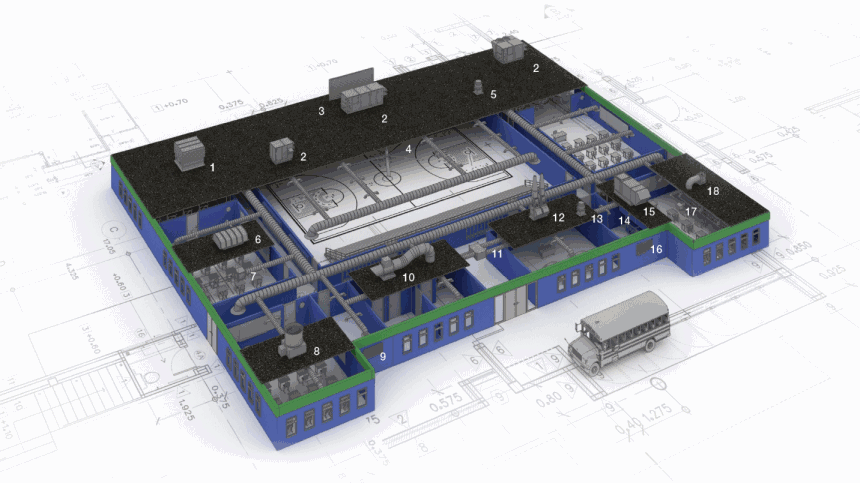
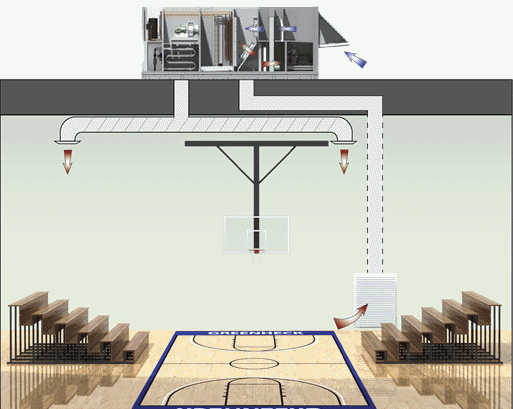
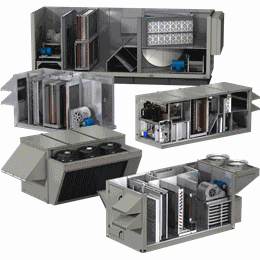
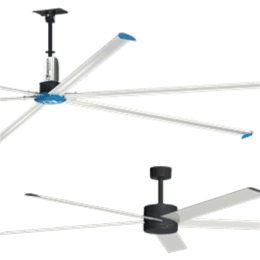
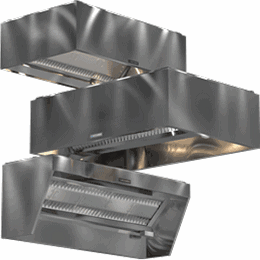
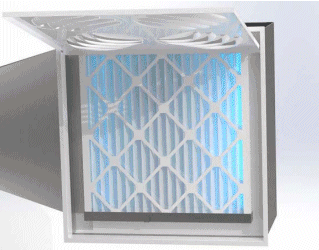
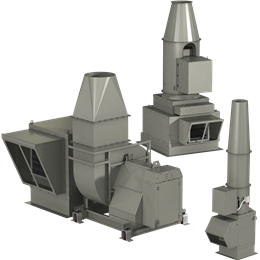
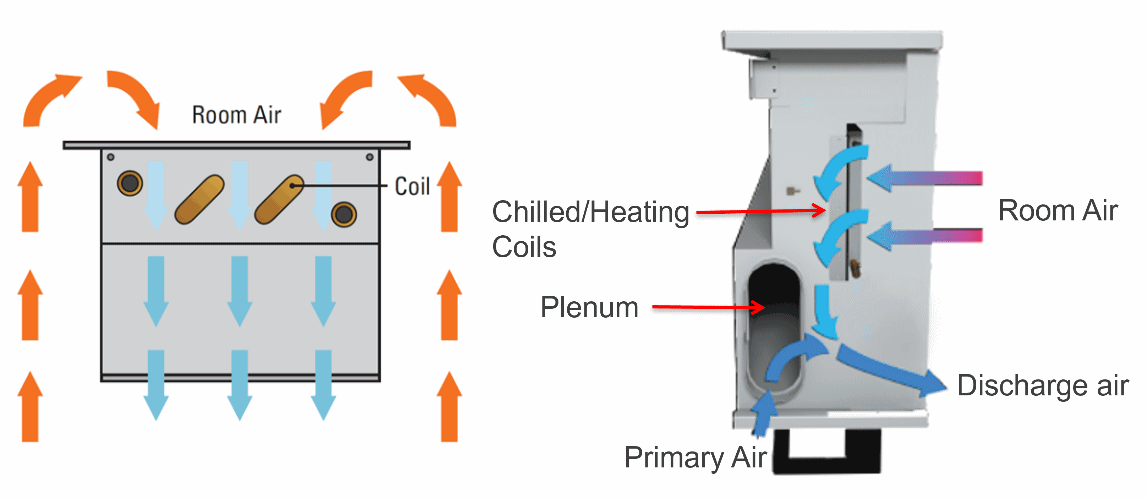
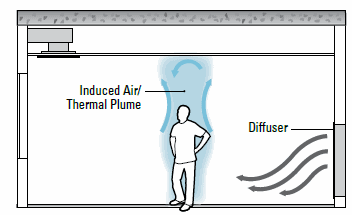
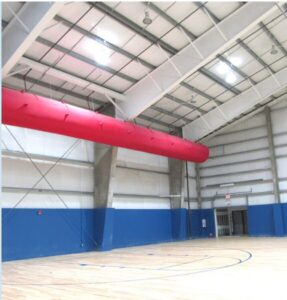
Recent Comments